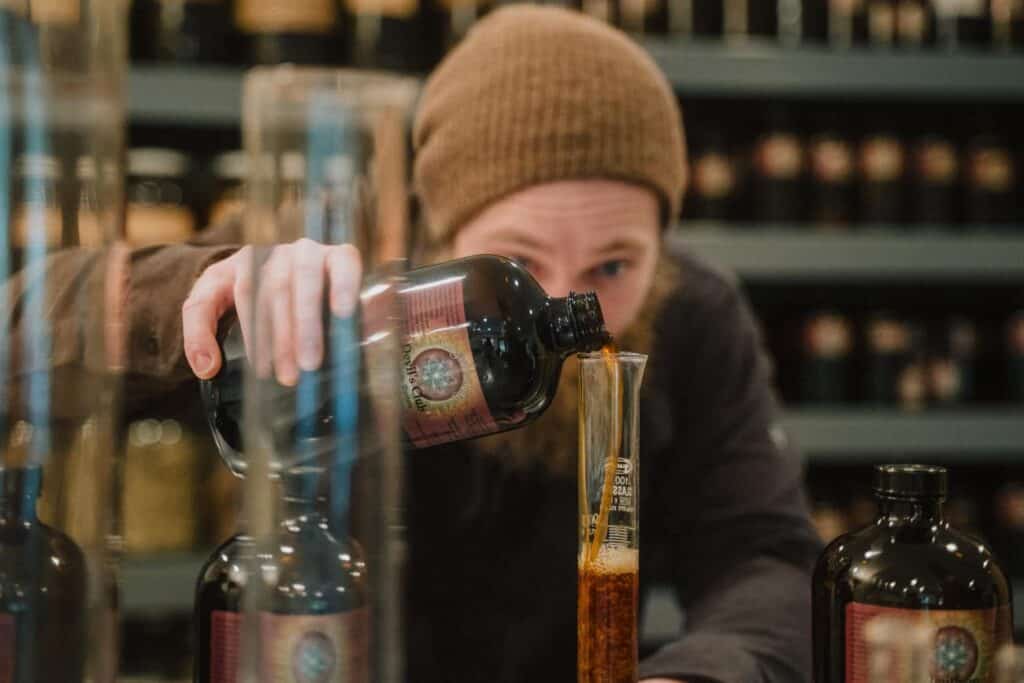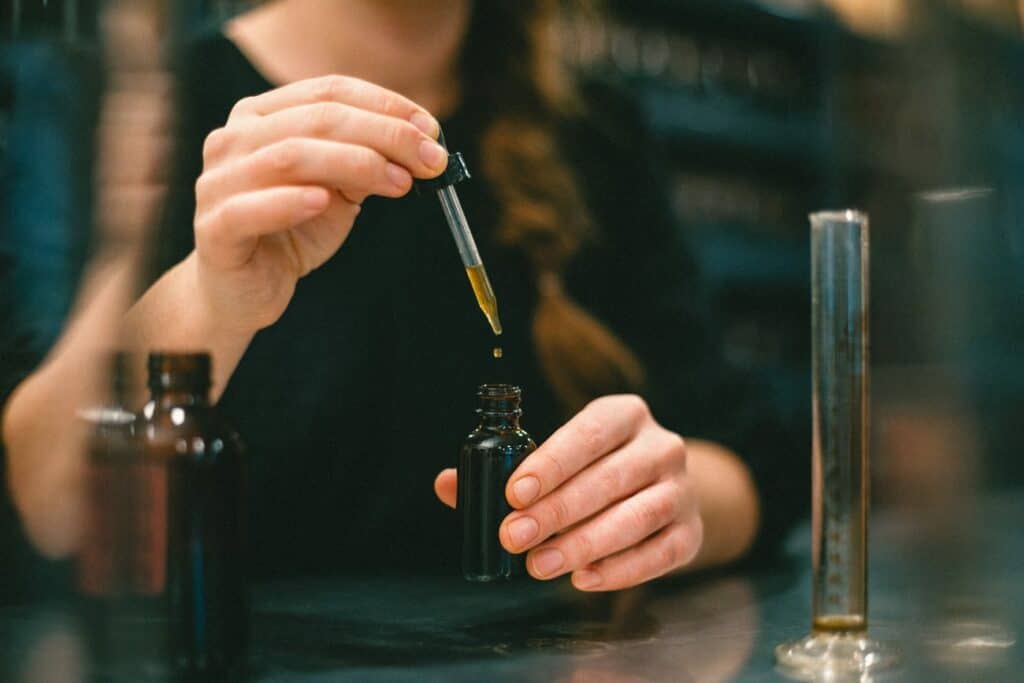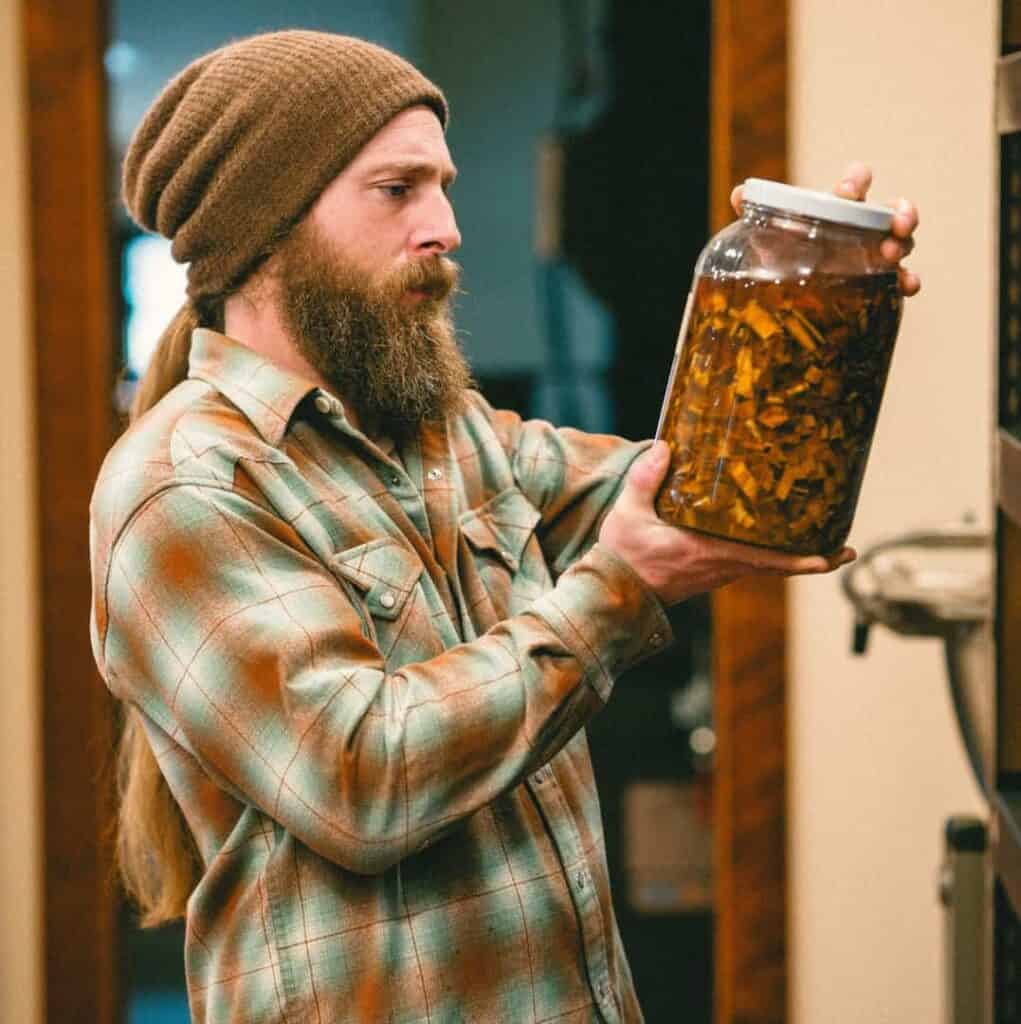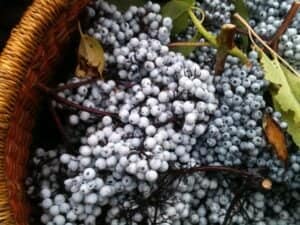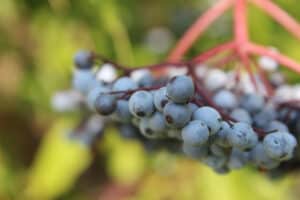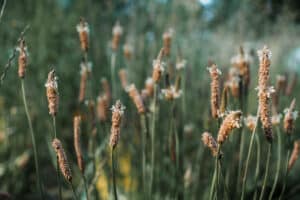Low dosing and high dosing with herbal medicine are two practices as old as herbalism itself.
So which one is better, and which should you use in your practice? As you will see, there are unique benefits attributed to both, as well as circumstances where one may be favored over the other.
- Low dosing and high dosing are two valid and well practiced methods in herbalism.
- Low dosing focuses on subtly shifting the vital body by using 1-3 drops of herbal medicine.
- High dosing focuses on generating a physiological response in the body by using higher quantities of herbal medicine, such as 2-5ml
- The goal of both is to help the body achieve a state of balance and wellbeing.
- Although you can choose to work solely with one method, both can be employed to achieve a holistic practice with wonderful results.
Table of Contents
When it comes to most things in life, people are often quick to choose sides. This or that, right or wrong, better or worse.
With herbalism, you don’t need to do that. Herbalism is a rich practice, woven together with years of tradition, culture, and the unique ideologies of the people who formed them.
One of the ways you can see this reflected in herbal medicine is through the two primary approaches used with dosing: Low dosing versus high dosing.
To better understand why you might want to choose one practice over the other, it’s helpful to explore what these systems look like and why they function in the way they do.
Low Dosing
Let’s go back to the beginning, starting with definitions. Low dosing, also known as drop dosing, is exactly what it sounds like. With low dosing, you will typically use between 1-3 drops of an herbal tincture. Although other forms of herbal medicine can come into play here, such as flower essences, low dosing usually refers to the intake of tinctures.
As you know in life, sometimes less is more. There are moments when all you need is a reassuring hand on your back, or to feel someone’s hand in yours to feel supported.
Low dosing tunes into the energy of these delicate interactions. They help you feel greater balance by syncing the vital energy of your body with the vital energy of the plant you are using. When they meet, there’s a synergistic dance, and with that harmony, you feel the revitalizing energy of the herb you are working with and are brought back to a state of stronger health.
Although there are times when a gentle nudge or reminder back to health is enough, there are moments when you need something stronger. A common criticism with the low dosing method is that with such a small amount, you can’t receive enough of the biochemical constituents within the plant you are taking to spur a real physiological change within the body.
Low dosing can certainly encourage real positive change on a vibrational level in a way that far exceeds the physical aspects of a larger dose. However, there may be times when you need to focus more on the biological plane.
High Dosing
With high dosing, you may use moderate amounts, such as 15-30 drops, or more, such as 2-5ml of an herbal tincture. For context, one full dropperful from a tincture bottle usually contains 30 drops, which is close to 1ml. Picture taking 3 full dropperfuls, roughly 90 drops, compared to 3 drops of a tincture, and hopefully you can begin to imagine the difference you might feel between the two. With high dosing, the goal is to take enough of the herbal medicine so that your body’s receptors can bind to the biologically active components within the plant, thereby encouraging a physiological shift in activity, tone, or moisture.
For example, if you experience very cold hands and feet, you might consider using a warming and circulatory herb, like Ginger (Zingiber officinale) to help stimulate the blood flow to your extremities. Drop dosing may work in this situation, but sometimes, you simply need to increase the dose to get the response you’re looking for. In this way, you can always start with a lower dose, and work your way up as you learn and sensitize yourself to what your body needs at that moment.
Although the vital force is a concept that lives and breathes in both, the low dose and high dose methodology, the low dose method emphasizes the delicate nature between plant and body, while the high dose method places strength on using higher quantities of plant medicine to more directly shift the physiological state of the body.
Some people would criticize the high dose method, saying that it is simply too forceful with its approach, neglecting the subtle yet profound balance that rests between our body and the plants we use.
Choosing Your Path
So which one is better, and which should you choose?
The truth is, there’s a time and place for both. Although you can certainly practice one way alone, why limit yourself when they both have so much to offer?
There may be times when you feel a low dose is needed, and other times when you sense a high dose is essential.
Some questions you can ask yourself to feel clearer about which methodology best fits your current circumstance include:
- What kind of plant am I using?
- What form of plant medicine am I working with?
- What is my constitution like?
Each person’s body is a unique storybook containing volumes that speak to their health, history, and wellness goals. There are chapters in your life where you may feel drawn to one method, and others where the alternative calls to you.
Both are valuable, and by reading through every page, you’ll be able to ascertain which method speaks most to you at that moment.


